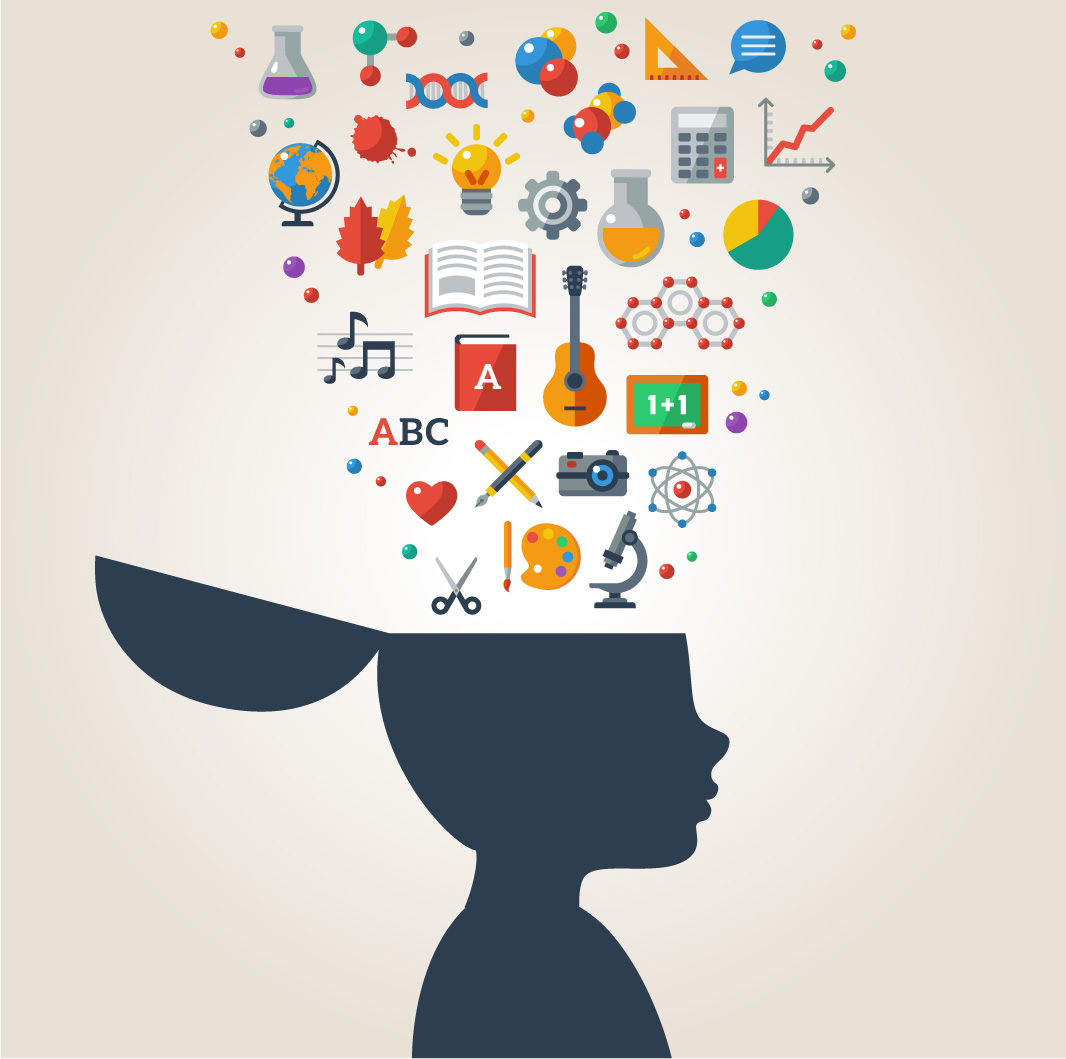
Active Learning Works
Active learning works because real learning is not passive. Listening to experts or watching others can provide an initial sense of how it’s done, but that’s not how you truly learn to perform on the job. If behavior change or performance improvement is the objective, then learners must get actively involved and actively learn, practice, fail, succeed, and receive feedback.
Active Learning Myths
While most conceptually agree that learning by doing makes sense, do not be fooled by two popular active learning myths:
Our experience is that different learning approaches work for different objectives, people, and circumstances.
Similar to the previous active learning myth, our experience is that each situation requires a unique combination of approaches that are aligned to specific learning and performance objectives.
Active Learning Research
While corporate data on active learning is hard to find, research of 225 studies that compare STEM classes taught using various active learning approaches with classes taught via lecture found that average examination scores improved by about 6% in active learning sessions and that students in classes with traditional lecturing were 1.5 times more likely to fail than were students in classes with active learning.
Additionally, our clients report a 4-to-1 performance improvement when participants are frequently, consistently, and actively held accountable and provided coaching for the desired new behaviors.
Real Learning Takes Effort
As tempting as it make be for those of us in the corporate learning and development field to just expose employees to what they need to know through eLearning, job aids, or microlearning videos, we recognize that simple exposure is not enough to sustainably change most behaviors. Our job is to develop the talent our organization needs to perform at its peak in various contexts. And performance improvement takes real effort and active learning.
Beware of “Easy” or “Lazy” Learning
Real learning is not easy. Real learning occurs outside of comfort zones at work. There must be a degree of difficulty involved to really engage your thinking power. Though learning can be fun in the sense that you like a challenge or a bit of competition, it requires real focus in order to stick. And if learning doesn’t stick, it is wasted.
Beware of “Check the Box” Learning
One of the reasons that some executives scoff at training is that they have not seen any improved business results. Our research covering 800 training programs found that only 20% of participants change behavior or performance from training alone. This is our fault.
We need to be sure that:
This is how to truly develop new skills and behaviors.
The Bottom Line
Learning should be challenging rather than easy, concrete rather than abstract, and immediately useful. Have your learners undertake real-world, hands-on tasks using learning simulations, role plays, and targeted projects to deepen learning and the transfer of training. Don’t squander your credibility as a talent developer or your company resources on anything less than what we know works.
To learn more about active learning and the transfer of training, download How to Change the Game by Increasing the Adoption & Impact of Training
Explore real world results for clients like you striving to create higher performance